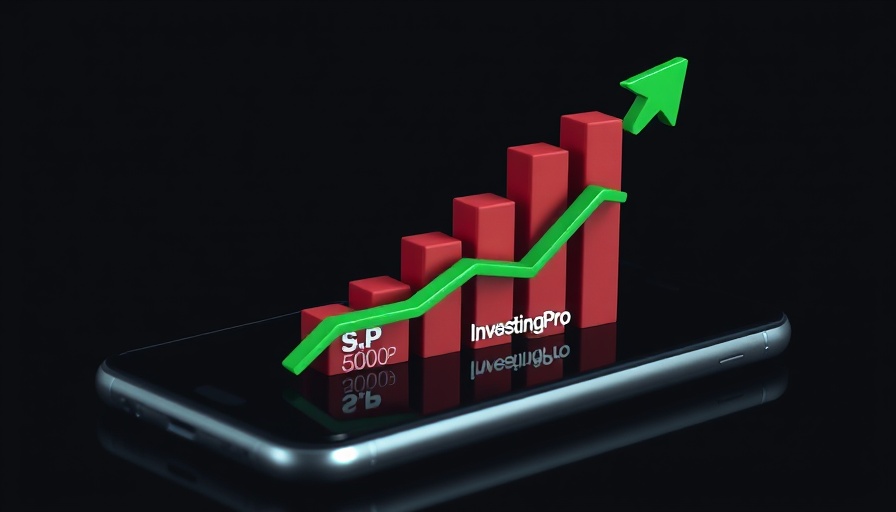
Japan's Core Inflation Soars: What It Means for the Future
In February 2025, Japan's core inflation rate surged to 3.0%, raising eyebrows and sustaining market speculations that the Bank of Japan (BOJ) may soon opt for further interest rate hikes. This uptick in inflation marks the 35th consecutive month that inflation has remained above the BOJ's target of 2%. The data highlights a growing trend of price pressure across various sectors of the economy.
The Impact of Rising Costs on Consumers
The increase in Japan's core Consumer Price Index (CPI) comes amid rising concerns for households as the costs of food and consumer goods climb. Governor Kazuo Ueda's warning regarding the potential influence of food prices and stronger-than-expected wage growth on inflation reflects a sensitive balance the BOJ must maintain. This trend in broader price increases is causing concern for ordinary consumers and igniting discussions among investors, particularly those focused on inflation protection investments like real estate and bonds.
Regional Comparisons: A Global Perspective
When comparing Japan's inflationary pressures to other economies, especially those in the West, it's clear that monetary policies are in flux globally. Countries like the United States have dealt with intense inflation rates, but central banks have responded with more aggressive rate hikes. The differing approaches lead to intriguing contrasts in market responses and investment strategies.
Projections Ahead: What’s Next for the BOJ?
As the BOJ contemplates its next moves, expectations of further tightening could influence stock market news and investment strategies both in Japan and abroad. With inflation above target, investors would do well to consider the implications for various asset allocations. Historical data shows that rising interest rates can have multifaceted effects on sectors such as real estate and utilities, prompting phones and discussions about which sectors to consider for portfolio diversification.
Understanding Core Inflation's Role
Core inflation strips away volatile items like fresh food and fuel, but it often acts as a key indicator for investors looking to gauge future economic health. This makes it crucial to understand how core inflation affects long-term financial planning and risk management in investing. As inflation rises, so do the options for investment education, from understanding value vs. growth investing to considering alternative investments. Investors are increasingly looking at asset classes that deliver returns above inflation rates.
Final Thoughts: Navigating the Investment Landscape
For individuals focused on investing—from real estate and stocks to bonds and alternative funds—the ongoing inflationary trends signal a critical time for reassessment and strategy adjustment. With potential rate hikes looming on the horizon, keeping track of market volatility and exploring hedging strategies will be essential. Investors should consider whether to stick with traditional asset allocations or to explore emerging market investments that may provide relief from domestic inflation pressures.
Staying informed and adjusting to the evolving economic landscape can help ensure that one's portfolio remains resilient in an inflationary environment. The importance of understanding economic indicators like inflation cannot be overstated, especially for those who aspire for financial independence or aim to navigate complex markets.
Moving Forward: Take Action!
As inflation remains a pressing concern, consider evaluating your investment strategies. Whether it's through portfolio rebalancing or exploring new opportunities, staying proactive will better position you to thrive in changing market conditions. Embrace investment research tools and education programs that can enlighten your path to successful financial management.
 Add Row
Add Row  Add
Add 



Write A Comment